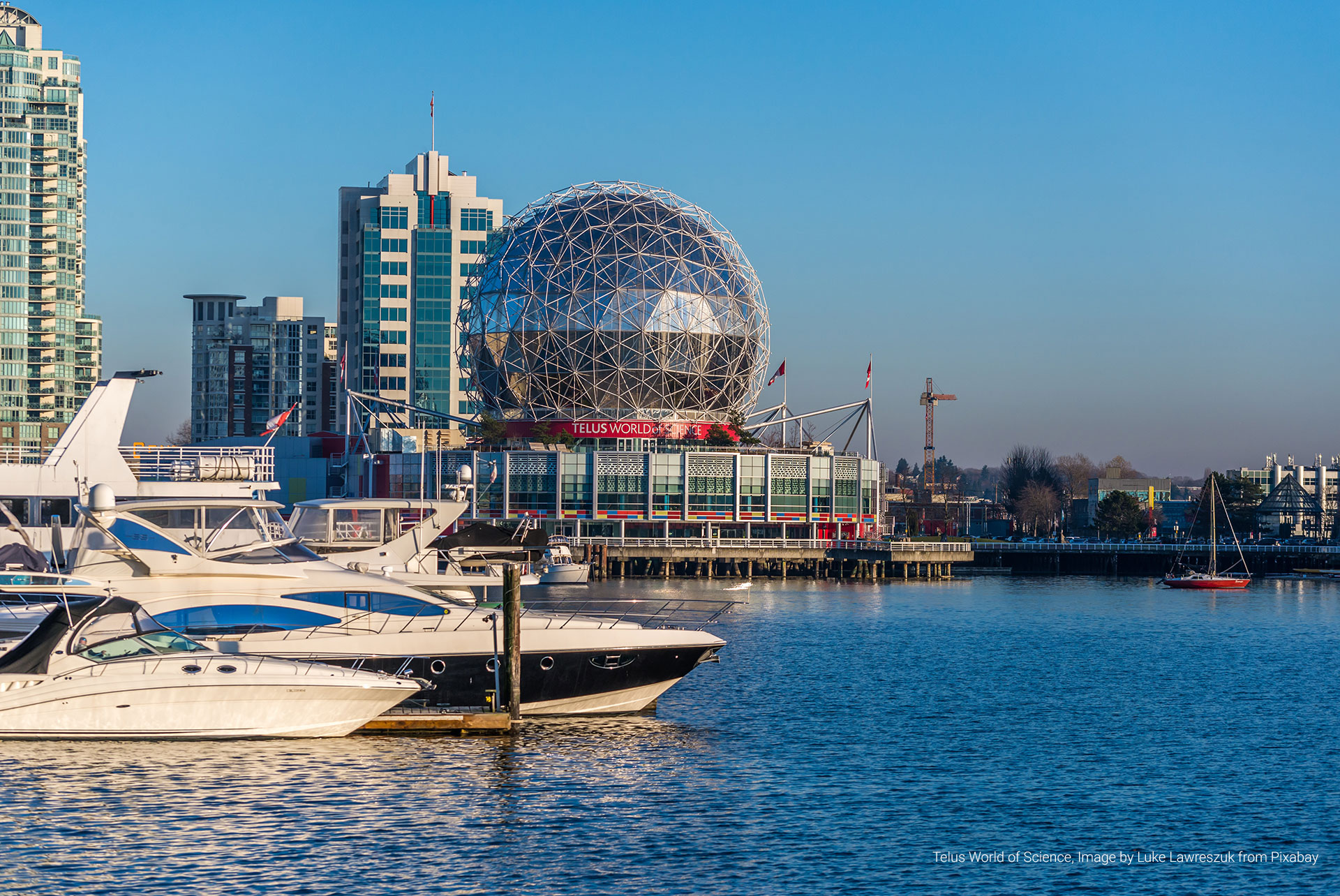
- On 16/04/2023
- In Blogs Travel Tips
- Tags:
30 Fun Facts about Canada
By Natasha | The Banff Blog | thebanffblog.com
Looking for some fun Canada facts? Then you’ve come to the right place, as we share some awesome facts about Canada. We’ve fallen in love with the country and now call it home in the Canadian Rockies. After visiting 85 countries we’ve hardly seen a place more beautiful.
1. Canada is a monarchy
Yep, Canada has a Queen, or King. It’s the same as the UK’s – Queen Elizabeth II (now King Charles III). That’s because Canada is a member of the British Commonwealth, having formerly been a colony of the British Empire. Though it became self-governing in 1867, there was a way to go before Canada actually became independent.

2. There are two official languages in Canada
Britain wasn’t the only power-hungry colonial power at the time of Canada’s pioneering days. There was also France, who once owned much of North America for a while. That didn’t last, but what did last was the culture and the language of France. Today, English and French are the most widely spoken languages in Canada.
3. Canada is the world’s second largest country
This is one of those super important Canada facts to know! You may have been thinking of China, or maybe the USA, but no – it’s Canada. How big are we talking? 9.98 million square miles. Of course, just in case you were wondering, Russia is the biggest.
4. Canada has the longest coastline in the world
Is this Canada or the Philippines? We took this on the Sunshine Coast of BC! There are so many reasons to visit Canada, and this is one of them! Have you seen a map of Canada? All those islands and jagged, irregular lines that mark where the land ends? There’s a lot of that kind of thing going on. It all adds up to the longest coastline in the world at over 125,500 miles. This one is another one of my favourite Canada facts!
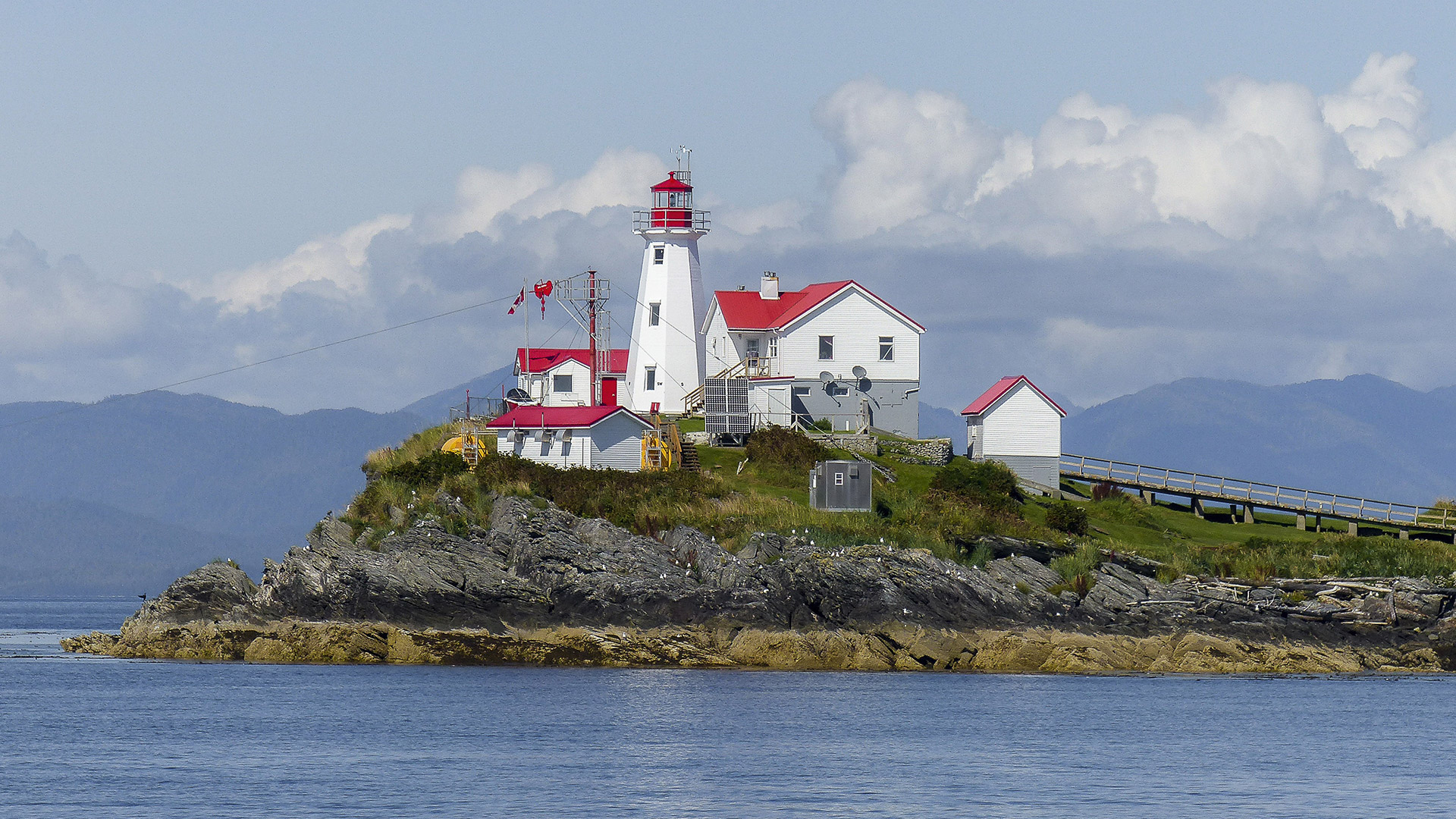
5. Canada also has the longest international border
Driving on the Top of the World Highway in the Yukon! This giant country’s only land neighbor is the United States, and since they’re both pretty big, you can expect that border to be big, too. It’s the longest border between two countries (well, the southern border) at a very long 5,525 miles.
6. The word Canada is derived from an indigenous word.
And that word is kanata, which means «settlement» or «village» in the language of the St. Lawrence Iroquoians. Sadly, these indigenous people disappeared in the 16th century, during wars with the Mohawk who wanted a monopoly on trade with Europeans at the time.
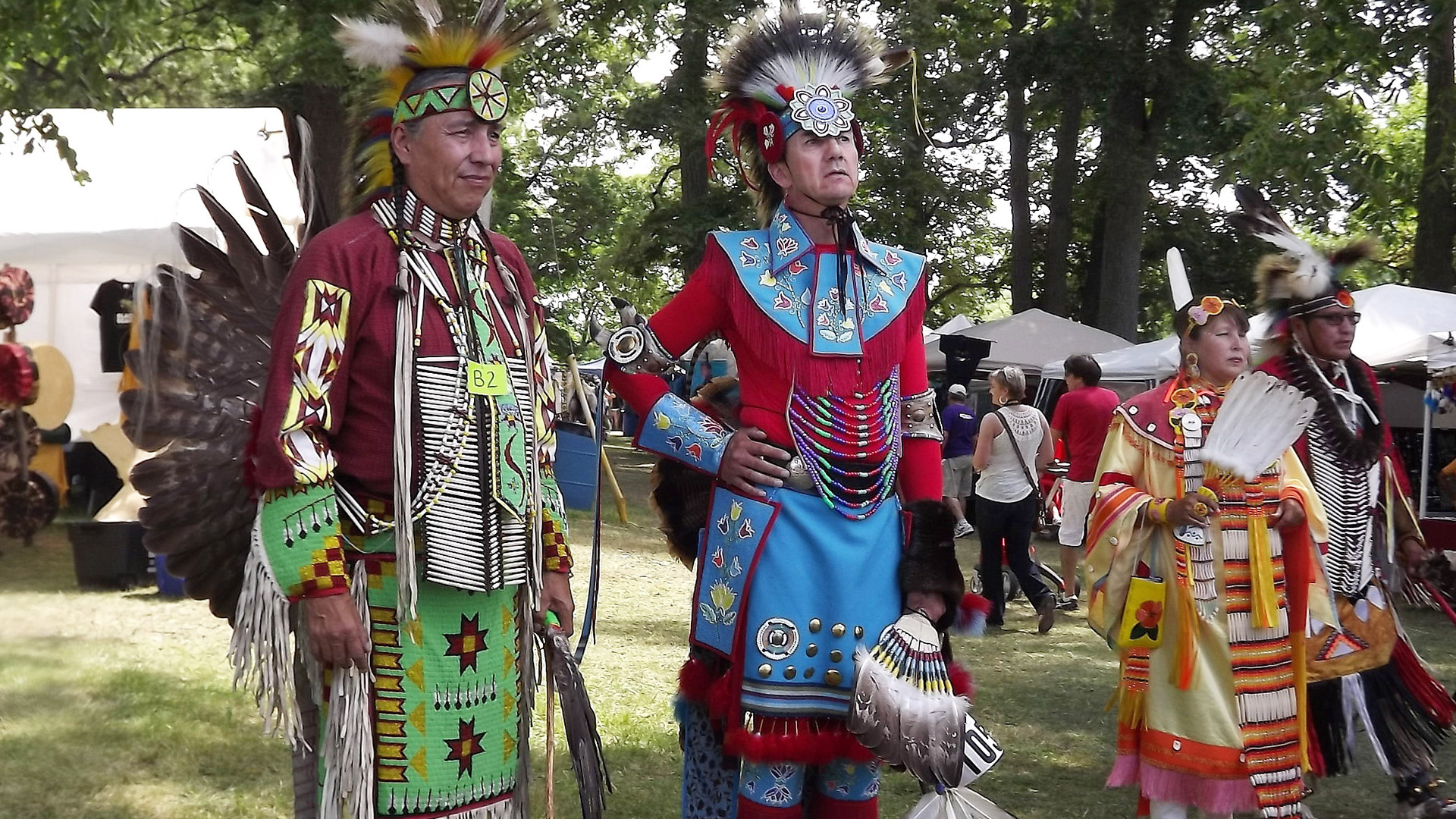
7. The French and British weren’t the first Europeans to colonize Canada
It was the Vikings. Namely, it was Leif Erikson who led the expedition in around 1000 AD; he was the grandson of a Norwegian Viking who was exiled to Iceland for «some killings». The Viking settlement was in Newfoundland, known to them as Vinland (named for its vines that enabled them to produce great wine, apparently). It only lasted a few years, but it made an impact in the Icelandic Sagas – and on the native Inuit population at the time.
8. Người tiếp theo tuyên bố khám phá ra Canada là một người Ý làm việc cho người Anh
Commissioned by King Henry VII of England, Venetian explorer John Cabot (Giovanni Cabotto or Zuan Chabotto) explored the Atlantic Coast of Canada in 1497. He claimed it for England. His son, Sebastian, continued exploring North America but returned to England only to find a new king – Henry VIII. He wasn’t interested in exploration at all.
9. There was a war in Canada called the «Beaver Wars»
No, really, there was. But despite the name, it was a pretty brutal conflict and is considered one of the most bloody in North American history. Basically, in the 17th century, the Iroquians wanted to dominate the fur trade in the region and enlisted the help of England. Rival nations sought the help of France. The result? Bloodshed that ended in a stalemate.
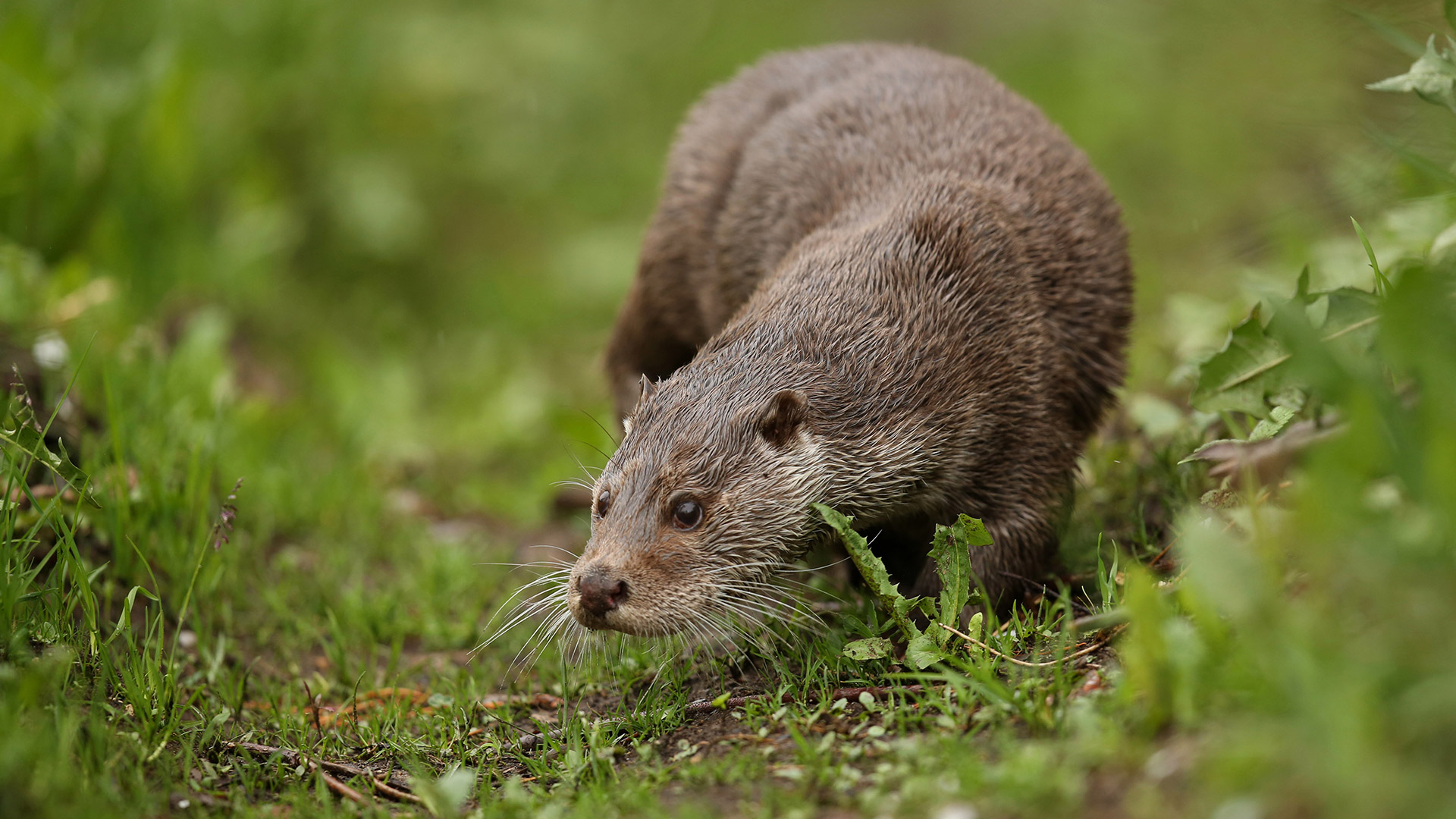
10. Canada’s national animal is actually a beaver.
It played a pretty crucial role in the history of Canada, what with all the fur trappers, traders, and battles over who would be the fur king of the region. Then there are the poor beavers themselves, almost hunted to extinction! Well, at least they became the national animal of Canada in 1975. They’re on the Canadian nickel, too.
11. There are a lot of famous Canadians Living in the US
Seth Rogan, Mike Myers, Justin Bieber, Michael Buble, Alanis Morisette, Keanu Reeves, Jim Carey, Celine Dion, Neil Young, Drake… The list could go on. Basically, there are a lot of people from Canada who influence popular culture as we know it!
12. The coldest ever recorded temperature in Canada is -63°C
A cold and interesting fun Canada fact. If you thought winter was cold where you’re from, Canada is colder. And yes, that really is the coldest temperature to have ever been recorded in Canada. That was in Snag, Yukon and yes: it was -63°C (-81.4°F). The coldest average temperature in Canada is in Eureka, Nunavut, where it’s -19.7 °C (-3.5 °F) on average, all year. Wow!
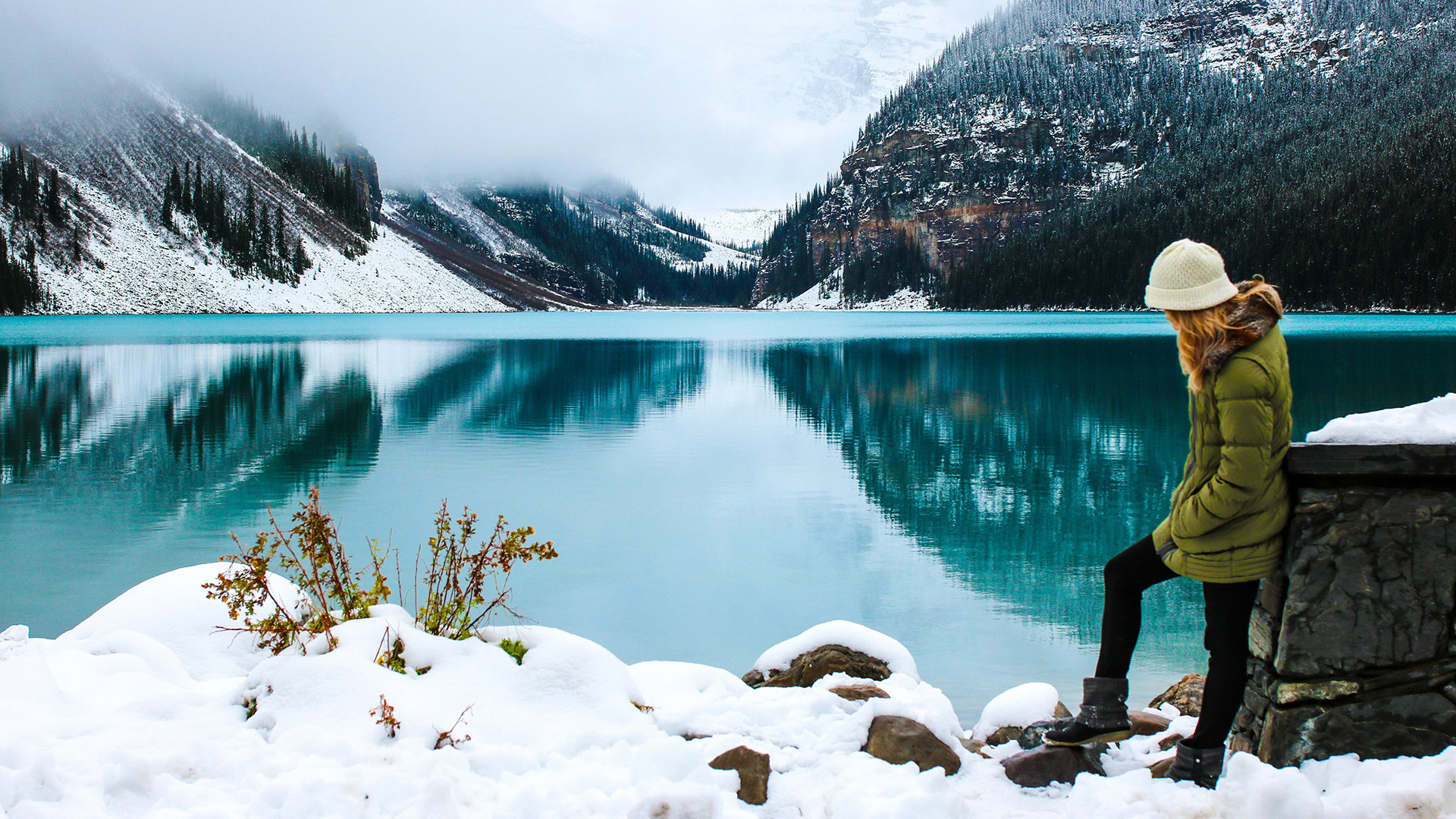
13. Quebec is the only walled city in North America.
A little known fact about Canada is that it boasts the continent’s only walled city – north of Mexico, that is. But yes; Quebec’s city walls were built in the 17th century. Then when British forces captured the city, they made the walls even better. They’re pretty well preserved and today are a UNESCO World Heritage site.
14. Loonies and Toonies
One of the most fun facts about Canada is this one! First off, there’s the «loonie» which is a $1CAD coin. We get this one, because on one side of the coin there’s a depiction of a loon – that’s a duck-type thing (a waterfowl, if you want to be picky). Then there’s the «toonie» which we get less. It’s a two-dollar coin, so we guess it’s «toonie» like «two-nie». A pun of the highest degree.
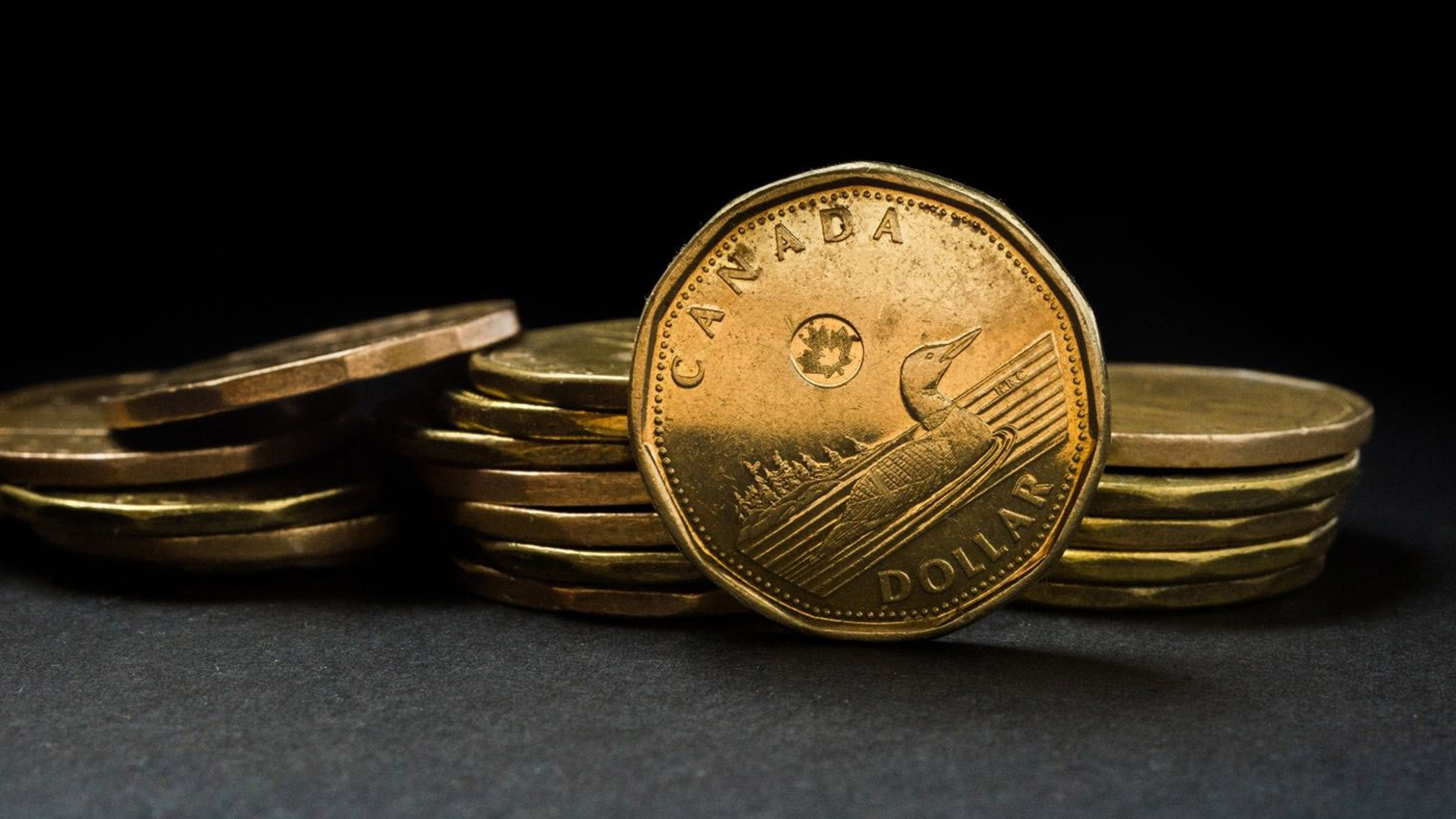
15. Canada has a different Thanksgiving to the United States.
That’s right; not all Thanksgivings are the same. Instead of sometime in late November in America (celebrated on the fourth Thursday of November), Canada celebrates Thanksgiving in the middle of October (held on the second Monday in October). They also eat different dishes in Canada compared to the USA.
16. Canada has one of the highest immigration rates in the world.
Another one of those super proud Canada facts. This is to reunify families, to help support the economy, drive population growth – that sort of thing. Between 1990 and 2008, the population of Canada grew by over 5,000,000. A little known fact about Canada is that annually, it becomes home to around a tenth of the world’s resettled refugees.
17. There’s more to language in Canada than English and French
With all that immigration, there’s a whole selection of other languages being spoken in Canada. There are well over 1.2 million speakers of Chinese languages, Punjabi-speakers number around 500,000 people, then German, Italian, Tagalog, Spanish, and Arabic all have hundreds of thousands of speakers. Then there are also 11 different indigenous language groups, which can break down further into 65 actual languages – for example, Inuktitut.
18. The Northwest Territories recognizes 11 official languages
It might just be the only political subdivision in the world to recognize so many official languages. We’re going to list them here for your curiosity: Gwich’in, Chipewyan or Dené, Inuinnaqtun, Tłįchǫ Inuktitut, Cree, North Slavey, South Slavey, Inuvialuktun, English, and French.
19. Minus its lakes, Canada would only be the fourth-largest country in the world
It’s a pretty simple fact about Canada that lakes make up a lot of this country. It’s actually home to the highest proportion of fresh water in the world. Let’s not forget that vast portions of the Great Lakes (Superior, Michigan, Huron, Erie, and Ontario) are located in Canada as well and Alberta has tons of beautiful lakes.

20. Canadians love Mac and Cheese.
One of my favourite Canada facts is that many Canadians love mac and cheese. Or, as they call it, Kraft Dinner. That’s because of the brand, you know, in the box and all. Around seven million of these boxes are sold worldwide each year, and Canada buys a big chunk of them; that’ll be around 1.7 million boxes of Kraft Dinner. You would’ve thought Americans eat more of it, but Canadian’s eat approximately 55% more mac and cheese than their neighbors to the south do.
21. Lacrosse is the national sport of Canada
With its pretty French-sounding name, you might be forgiven for thinking this stick-and-basket sport came across the Pond to Canada from Europe. Lacrosse was actually first played by First Nations people in the 1600s, first picked up by Canada’s Anglophone middle classes in the 19th century, was official – by an act of parliament in 1994 – declared to be the national sport of Canada. For summer, anyway; ice hockey was deemed the official winter sport.

22. Canada only officially became independent from Britain in 1982
Not many people know this fact about Canada, but it was actually still legally dependent on the UK until 1982. Part of this meant that the British Parliament could vote to amend Canada’s constitution – if they wanted to, anyway. The Canadian Parliament requested in 1982 that Canada be allowed to control its own destiny and voila – full autonomy of Canada.
23. Canada Day celebrates semi-independence from Britain in 1867.
Back then, the British North America Act of 1867 made Canada a federal dominion with more autonomy than it had previously enjoyed. Good news for Canada. Today, Canada Day commemorates this move towards freedom with much merriment – drinking, eating, partying, parades, fireworks, and wearing red and white, of course.
24. One of the longest highways in the world is in Canada
Traveling all the way from the Atlantic to the Pacific Ocean, the Trans-Canada Highway is most definitely one of the world’s longest highways. At 4,860 miles long, there’s a lot of scope for road trips along this epic highway. To give it a number, it’s actually the fourth-longest in the world.
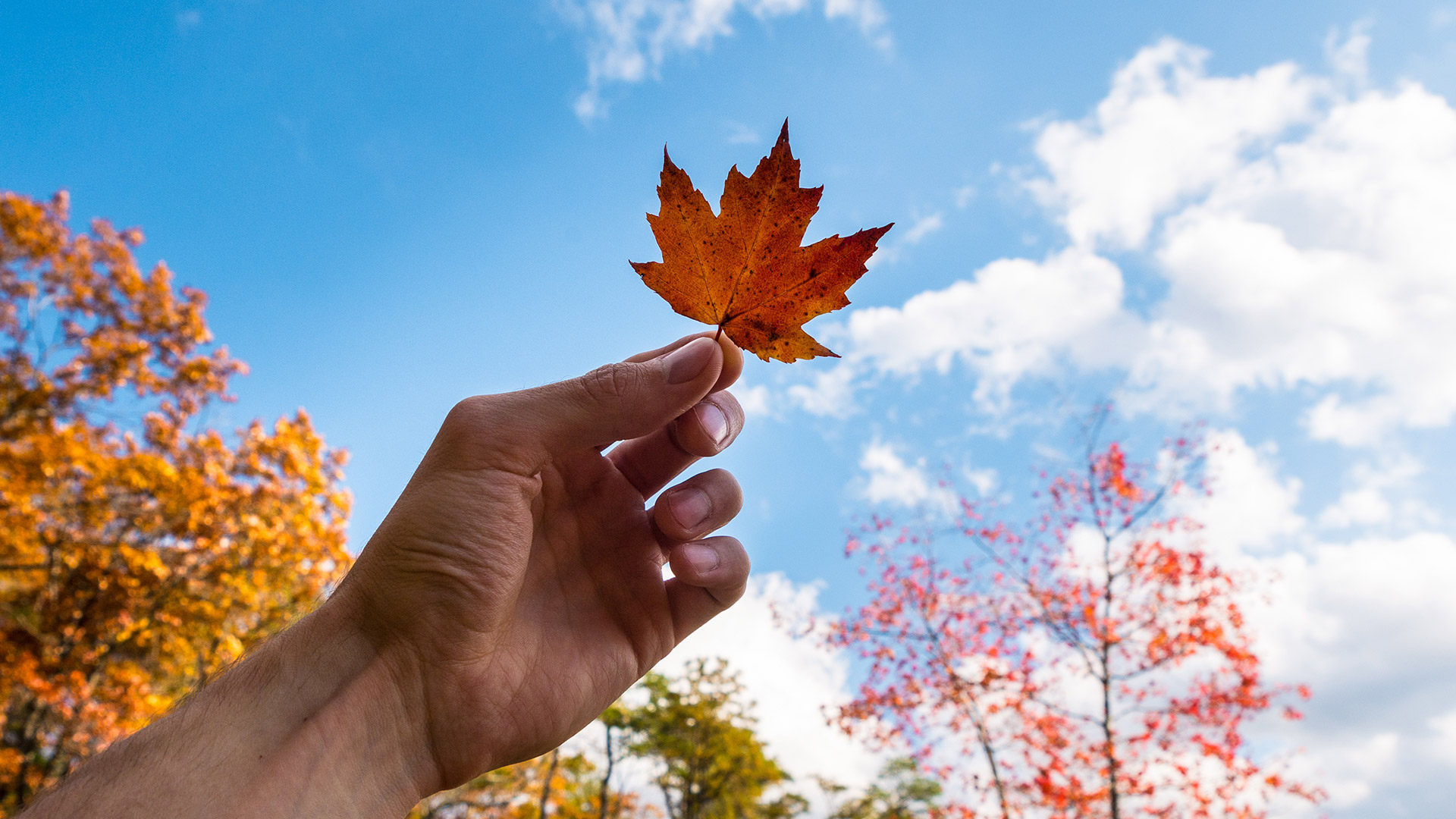
25. The maple leaf has been a symbol of Canada for a long time
That’s right listen up as this is one of my favourite Canada facts. The use of the maple leaf as a symbol of Canada actually dates back to the 18th century. In fact, it was originally a symbol used by French Canadians. The first mayor of Montreal said of the maple leaf in 1834, «It was the king of our forests, the symbol of the Canadian people». To blow your minds even more, different coloured leaves represented different parts of Canada: Ontario is gold; Quebec is green. It also used to appear on the coins. Now it’s on the Canadian flag.
26. Toronto has the world’s biggest underground shopping complex
You were thinking Japan, right? Maybe China. But actually, it’s Toronto, Canada, where you will find this feat of engineering. Connecting metro stops and a bunch of office buildings, it’s called PATH and it comprises four million square feet of retail space. That’s wild. It’s a series of tunnels, elevated walkways, and other fancy sidewalks, with the aim of keeping people out of the cold.
27. Canada has some super grand hotels
There’s a style of architecture called «chateauesque» – it’s based on French Renaissance architecture. A lot of buildings in Canada utilize this style, mainly the epic grand railway hotels that were built by railway companies when train travel became a thing in the 20th century. Banff Springs… the Royal York, Toronto… Hotel Vancouver. These hotels are all insanely beautiful!
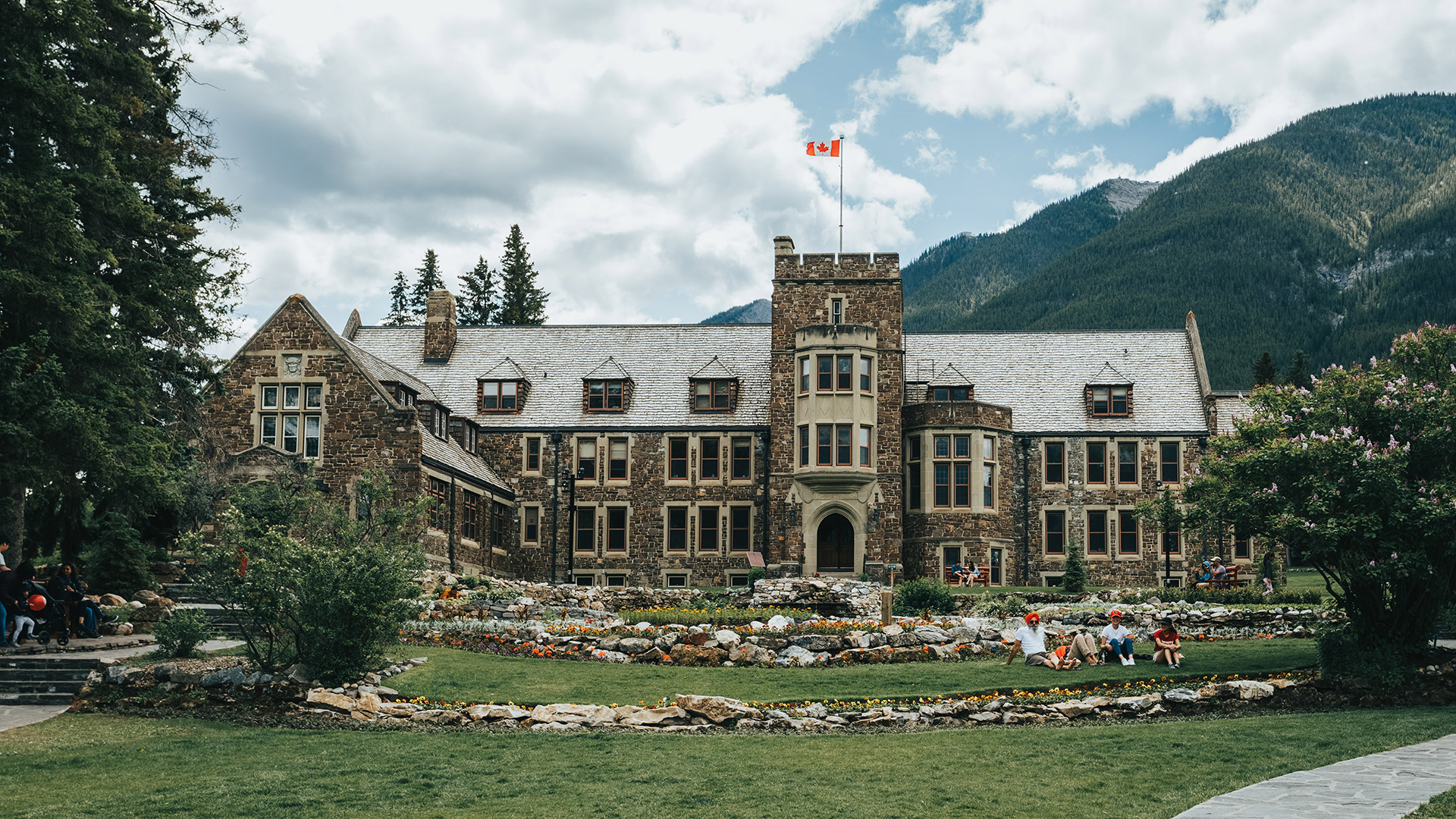
28. You’ll find the world’s oldest pool of water in a Canadian mine
Say what now? Yes. The oldest pool of water. In the world. It’s located around two miles underground in a mine in Timmins, Ontario. The pool bubbles up with mineral-rich water innocently enough, but scientists in 2016 discovered that it’s actually two billion years old. That’s too old to even think about.
29. Winnie-the-Pooh was named after a bear from Canada.
And it wasn’t Pooh creator A. A. Milne who came up with the name, either – it was his son, Christopher (yep, guess who Christopher Robin is based on). Christopher had seen a black bear called Winnie, after Winnipeg, at the London Zoo and named his own bear after it. Milne named Pooh after his son’s bear. Case closed. Incidentally, the actual, living black bear was purchased (as a cub obviously) for $20 in Canada by a soldier returning to England after World War I
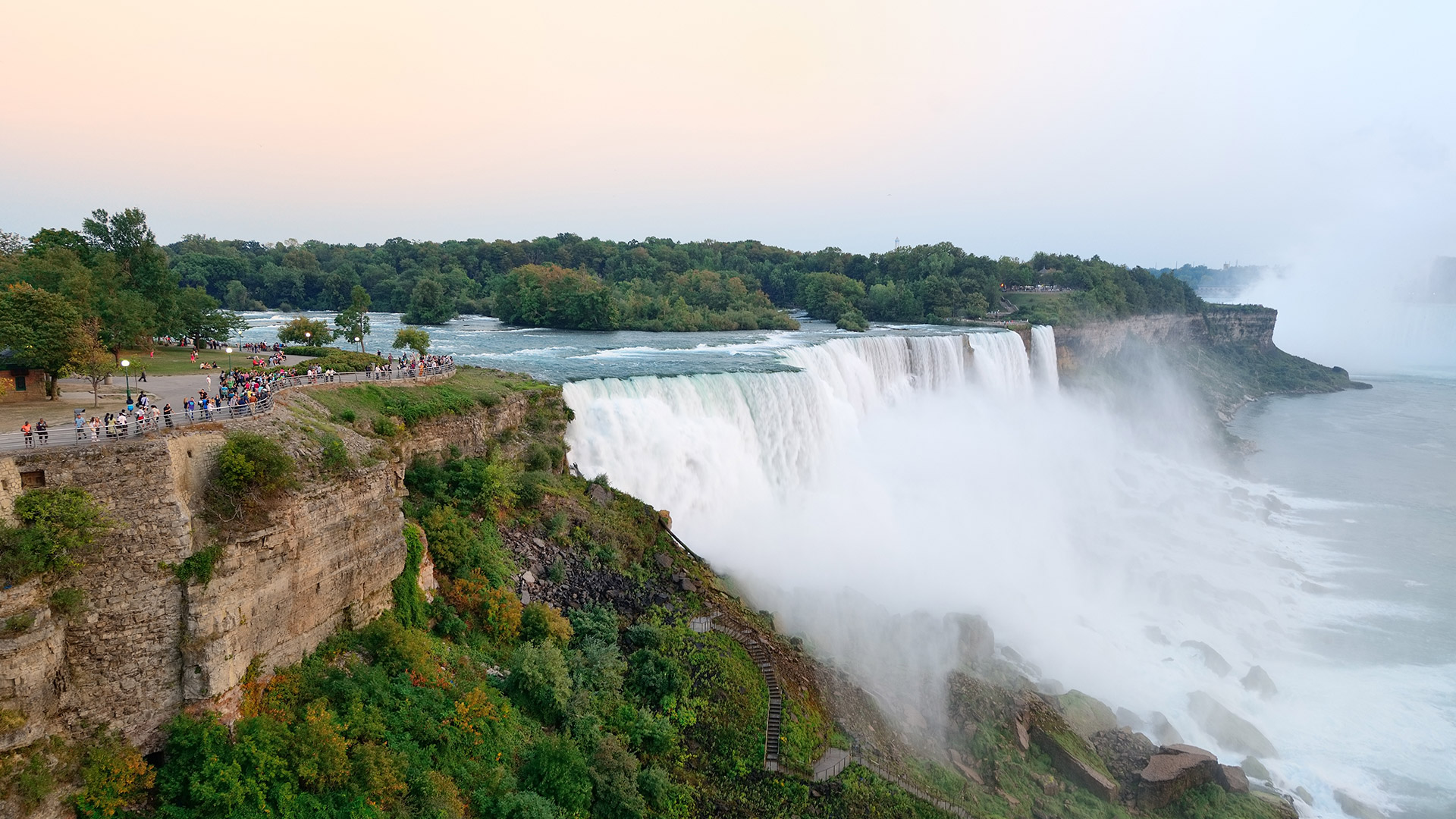
30. The most powerful part of Niagara Falls is in Canada
Though you can see Niagara Falls from both parts of the border, the Horseshoe Falls – which is the most powerful falls – is in the Canadian section. Approximately 90% of the water that flows over the falls from the Niagara River crashes down the Horseshoe Falls; the US side comprises the American Falls and Bridal Veil Falls, where the other 10% flows.
Hopefully, this informed you of some fun Canada facts!
Source: thebanffblog.com/canada-facts
Live your travel dreams!
Thiên Xuân Travel Service Co., Ltd.
Park 2, 208 Nguyễn Hữu Cảnh, Ward 22, Binh Thanh District, Ho Chi Minh City, Vietnam
Email: booking@thienxuantravel.com | Hotline: +84 888 890 898

Credit photos: unsplash.com and pixabays.com

